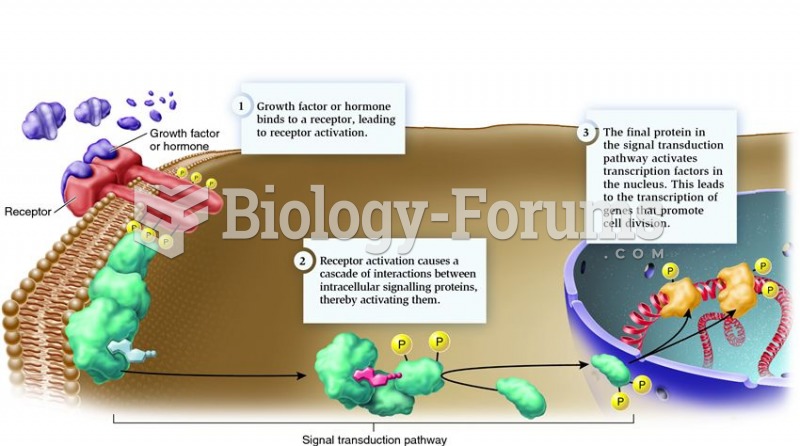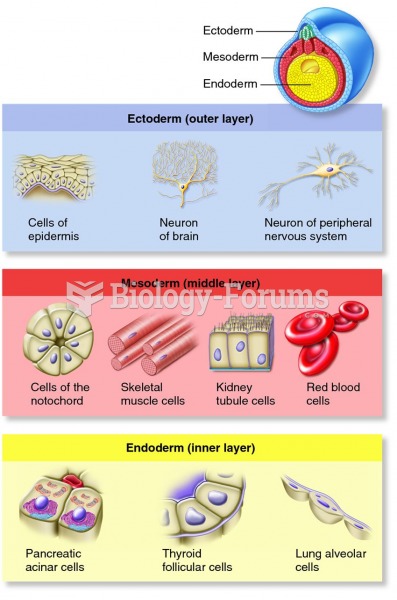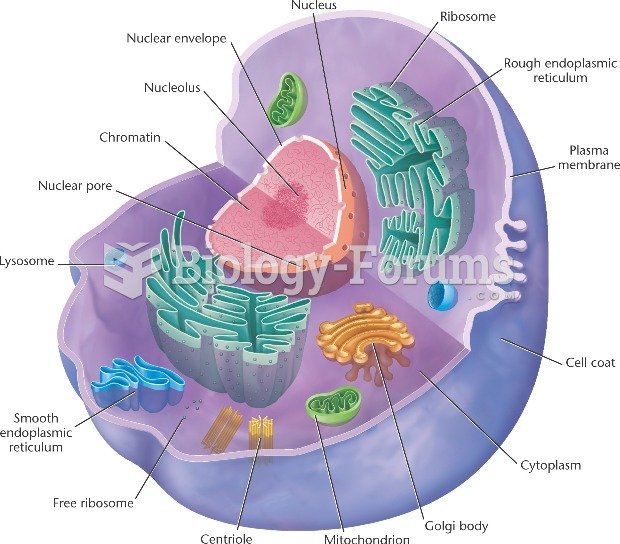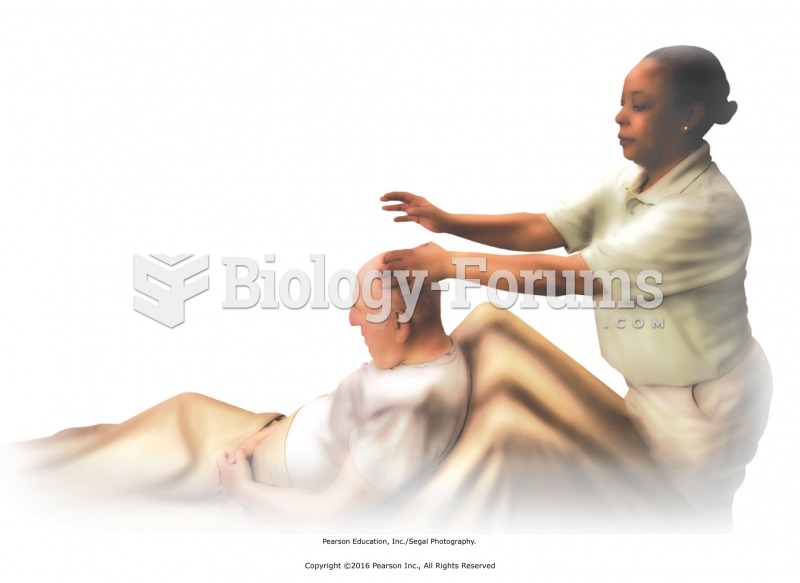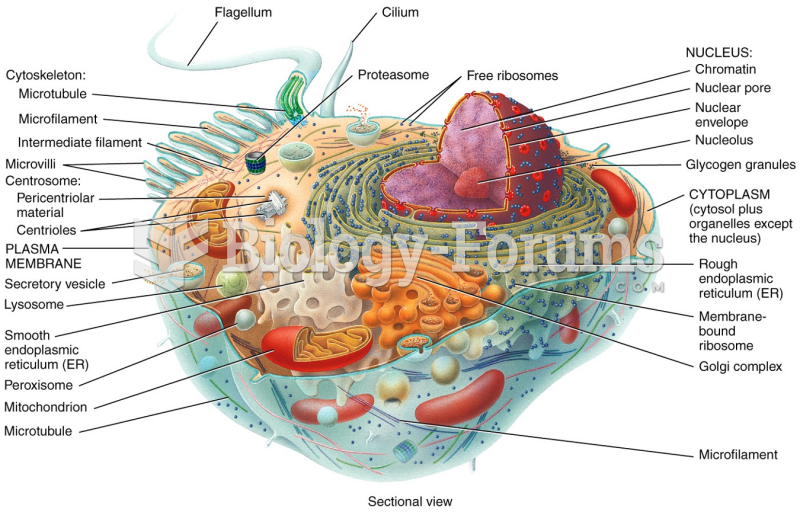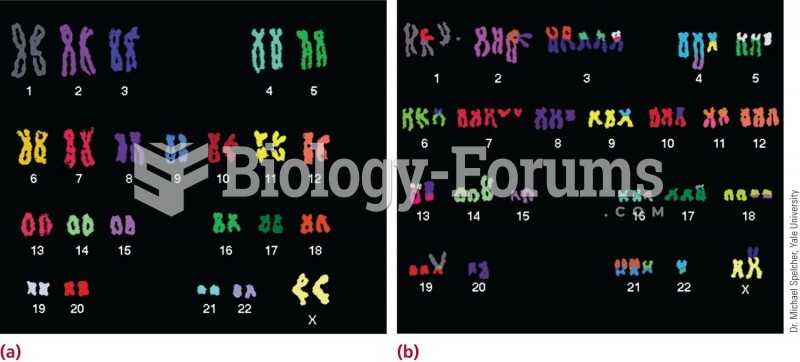|
|
|
Did you know?
About 600,000 particles of skin are shed every hour by each human. If you live to age 70 years, you have shed 105 pounds of dead skin.
Did you know?
Drugs are in development that may cure asthma and hay fever once and for all. They target leukotrienes, which are known to cause tightening of the air passages in the lungs and increase mucus productions in nasal passages.
Did you know?
Approximately 500,000 babies are born each year in the United States to teenage mothers.
Did you know?
Green tea is able to stop the scent of garlic or onion from causing bad breath.
Did you know?
On average, the stomach produces 2 L of hydrochloric acid per day.


